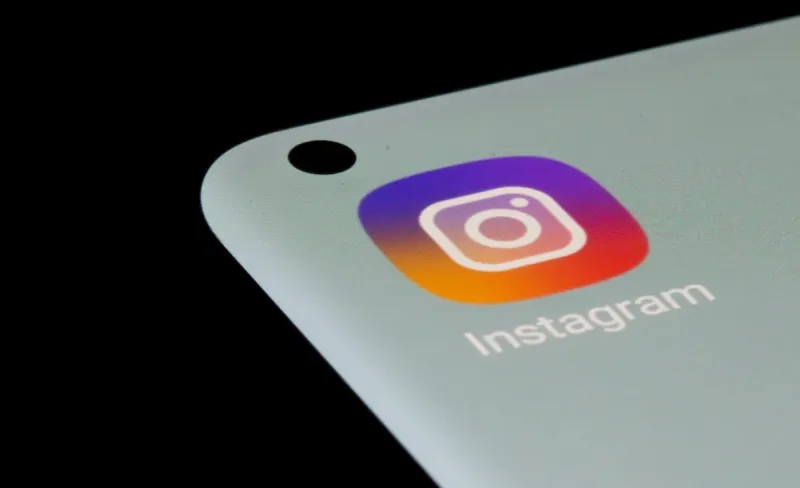
Mosseri Confirms Instagram Reduces Video Quality for Low-View Posts
Brief:
Instagram’s video quality depends on views, as explained by Instagram head Adam Mosseri in a recent AMA. Videos that don’t perform well are stored in lower quality, while high-performing content gets the best quality treatment.
- Why Some Instagram Videos Appear Blurry Over Time
- Video Quality Bias Towards Popular Creators
- Concerns from Small Creators Over Fairness
Why Some Instagram Videos Appear Blurry Over Time
Top quality goes to “creators who drive more views.” In an AMA this weekend, Instagram head Adam Mosseri shared why some videos on the platform appear reduced in quality well after they’re posted, and it all boils down to performance. Responding to a question about old stories looking “blurry” in highlights, Mosseri said, “In general, we want to show the highest-quality video we can. But if something isn’t watched for a long time — because the vast majority of views are in the beginning — we will move to a lower quality video.” If the video later spikes in popularity, “then we will re-render the higher quality video,” he said in the response, reposted by a Threads user (spotted by The Verge).
Video Quality Bias Towards Popular Creators
Further elaborating in a follow-up reply, Mosseri added, “We bias to higher quality (more CPU-intensive encoding and more expensive storage for bigger files) for creators who drive more views.” The comment has sparked concern from small creators who feel at a disadvantage compared to larger accounts. Meta has previously stated it uses “different encoding configurations to process videos based on their popularity” to manage computing resources.
Concerns from Small Creators Over Fairness
The performance system “works at an aggregate level,” Mosseri said, “not an individual viewer level… It’s not a binary threshold, but rather a sliding scale.” In response to one user questioning its fairness for smaller creators, Mosseri said the quality shift “doesn’t seem to matter much” in practice as it “isn’t huge” and viewers appear to care more about content than video quality. “Quality seems to be much more important to the original creator, who is more likely to delete the video if it looks poor, than to their viewers,” he said. Understandably, not everyone seems convinced. For the full report by engadget, you can read the original article here: https://www.engadget.com/social-media/mosseri-confirms-instagram-reduces-video-quality-for-posts-that-arent-raking-in-views-233033536.html